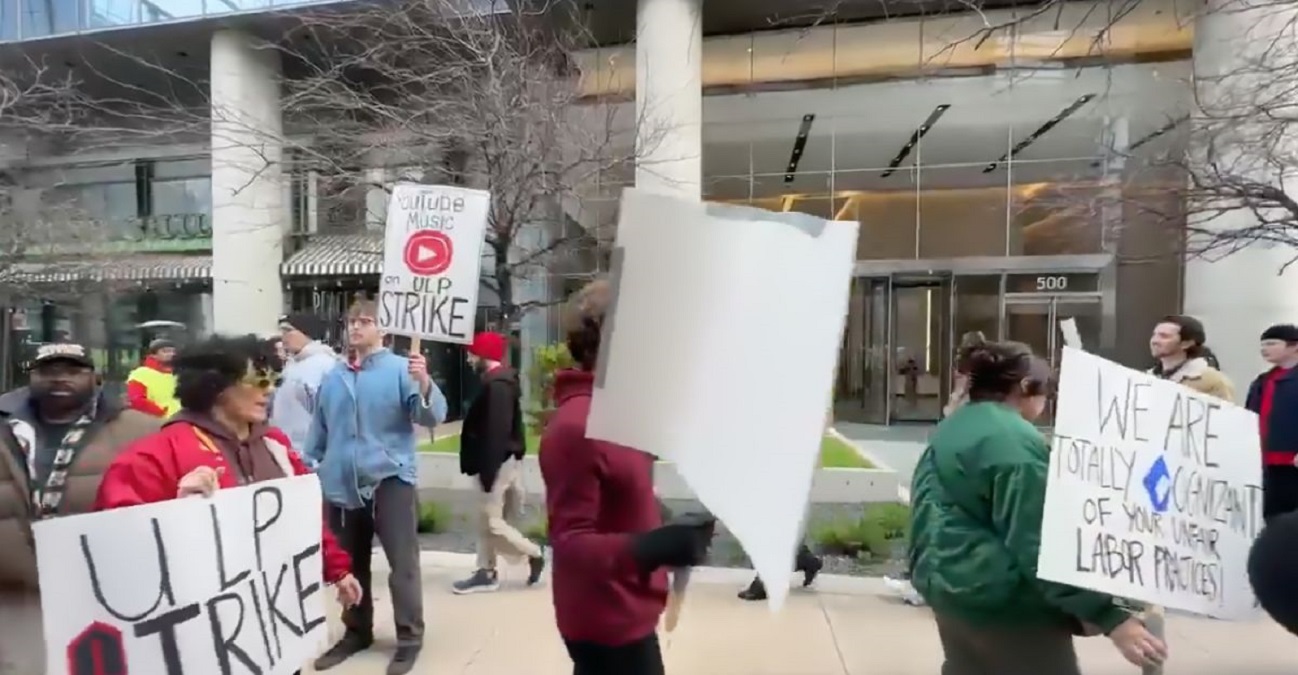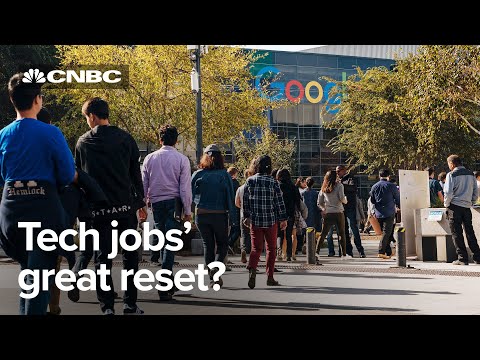Outside Google’s Austin, Texas, headquarters, a group of YouTube contractors went on strike today after the tech giant announced that employees would be back at work by February 6. Cognizant, a subsidiary of Google parent Alphabet, employs the workers.
Workers on both coasts of the United States were striking to bring attention to the working conditions of contractors and the thousands of employees who were laid off in the previous month. The activities were planned and executed by the non-bargaining Alphabet Workers Union.
Also Read: PlayStation Plus Collection Disappears in May
Technology firms were among the earliest adopters of telecommuting policies.

Historically, large technology firms have competed for employees in part by providing more enticing work environments, such as free food and drinks, shuttle buses, and on-site salons and dry cleaners.
When the pandemic hit the United States, many of the same companies were among the first to close their doors and let employees work from home. One of the most aggressive US hirers of remote workers, after the consulting and media industries, is the technology sector.
However, in the past year or so, a number of major technology firms, including Apple, have begun to request employee attendance at regular office hours.
Also Read: Samsung Unpacked Recap: From Galaxy S23 to Galaxy Book 3 Ultra, Everything Announced
Despite the unstable economy, companies are pleading with employees to return to work.

Nonetheless, return-to-work policies following a pandemic tend to vary, so things could be different this time around. A minimum of fifty percent of a Microsoft employee’s time must be spent in the office. Apple requires its employees to come in three days per week.
Nonetheless, covid-19 has provided the impetus for many businesses to make remote work a permanent fixture. It would be difficult to get employees back to working a standard five-day work week after they’ve experienced the time savings from not having to commute.
The current conflict is a philosophical one, pitting the belief held by many CEOs that the best ideas occur when employees randomly bump into each other in the hallway or over coffee against the idea that workers perform best when they have control over their time (a model that Steve Jobs believed in).
Also ongoing is the struggle for power between employees and management. There is conflicting evidence in that regard. Although many industries are still experiencing a shortage of workers, major tech companies have been increasing their layoff announcements. (Last month, Google fired 12,000 people, or 6% of its total workforce.)
Office occupancy in the United States hit a new high of over 50% this week, according to data from Kastle, which tracks office card swipes, which may be indicative of who is winning either debate.
Also Read: ChatGPT sets record for fastest-growing user base










